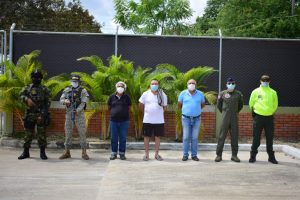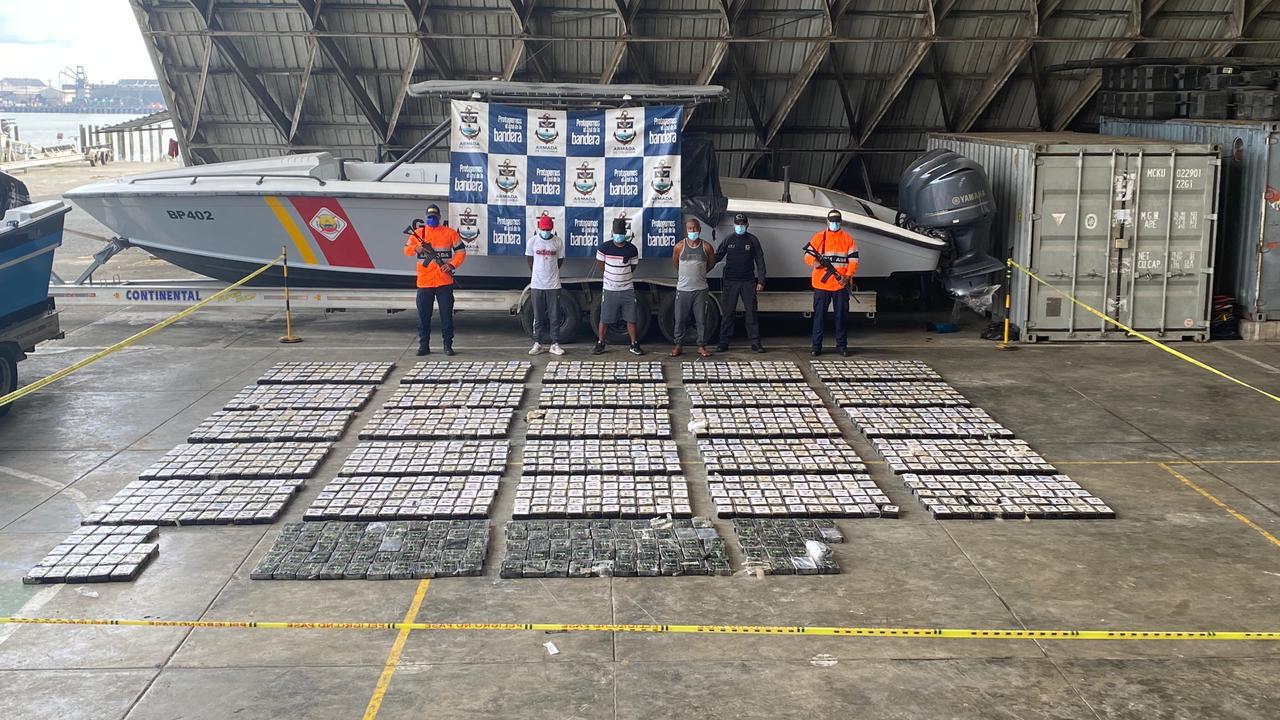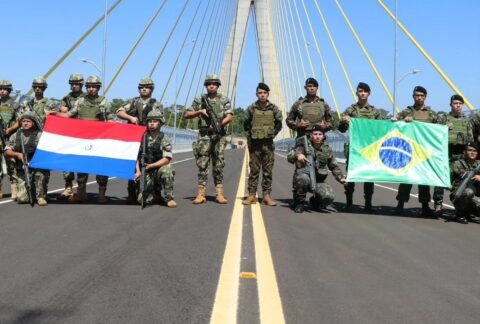The Colombian Military Forces continue to deal a hard blow to narcotrafficking. Among their major achievements in late January and early February are the capture of four members of the National Liberation Army (ELN, in Spanish) in eastern Colombia, the seizure of 12 tons of narcotics in the Pacific coast of Colombia, and the dismantlement of a criminal ring connected to the Clan del Golfo on the Caribbean coast.
On February 5, the Colombian Army announced the capture of four members of the ELN’s Domingo Laín Sáenz Front, a group that operates in Arauca department. Those captured, alias Cenizo, alias Pablo or Médico, alias Danilo, and alias Diomedes or Jairo, are linked to aggravated extortion, conspiracy to commit a crime, rebellion, and homicide.

“There is a very important leader, who was alias Cenizo,” Colombian Army General Mauricio José Zabala Cardona, commander of the Eighth Division, said at a press conference. “[We] determined that he, through his support networks, used to personally go to industrialists, merchants, and contractors in [Arauca] department to instill terror and fear, so they would pay extortion fees.”
Authorities carried out five raids, seizing communications equipment and sports glasses with a hidden video camera, which the criminals used to monitor members of the Public Force, the Office of the Attorney General indicated.
That same day, the Navy announced the seizure of more than 12 tons of narcotics, in addition to 2.5 tons of cocaine that were confiscated in early February during two maritime interdiction operations in the Pacific coast of Colombia.
“As part of this offensive, the Pacific Naval Force seized more than 2,500 kilograms of cocaine hydrochloride, two vessels, and captured eight narcotraffickers,” Colombian Navy Rear Admiral José David Espitia Jiménez, commander of the 72nd Poseidon Task Force against Narcotrafficking, told the press. The drug, the Navy said, was bound for Central American coasts.
The first seizure took place following a boat chase, with a crew of five, who ignored the naval units’ warnings. The vessel was carrying 1,160 packages of drugs, the Navy reported. Authorities made the second seizure while inspecting another vessel with three crew members on board. Agents found 1,395 packages of narcotics, 2,498 liters of fuel, and communications equipment.
Dismantled gang
Another great result occurred in late January, when authorities captured 13 members of a gang that worked for the Clan del Golfo, the Navy reported in a January 29 statement. Authorities captured the members of this group, who engaged in smuggling large amounts of cocaine to Europe by hiding it in containers, in three cities on the Caribbean coast – Barranquilla, Cartagena, and Santa Marta.
“This operation, called Excalibur, aimed to dismantle a criminal enterprise that transported cocaine by way of ‘climbers’ — that is, young people who, due to their great ability, could easily board large-scale vessels in transit once these vessels set sail from ports, such as Cartagena and Santa Marta, and subsequently contaminated some of the containers,” Colombian Navy Rear Admiral Juan Ricardo Rozo Obregón, Caribbean Naval Force commander, told the media.
Some 200 units of the Navy and the Office of the Attorney General took part in the combined operation, the Navy said.
“Through these state logistics, we were able to take more than 10 tons of cocaine hydrochloride, valued at $500 million, from criminals; this is unprecedented, and we continue working and yielding results for the country,” Colombian Attorney General Francisco Barbosa concluded.









